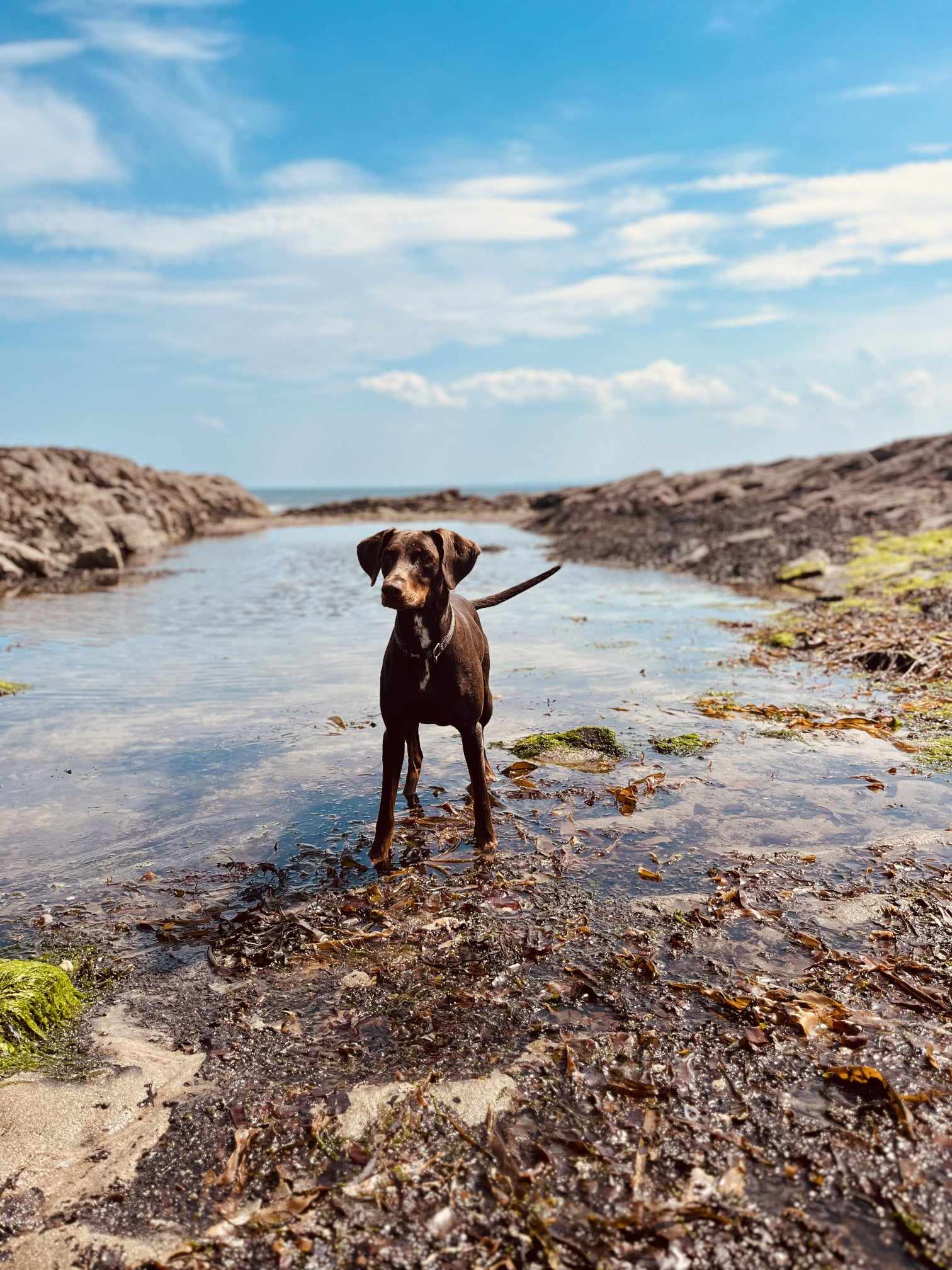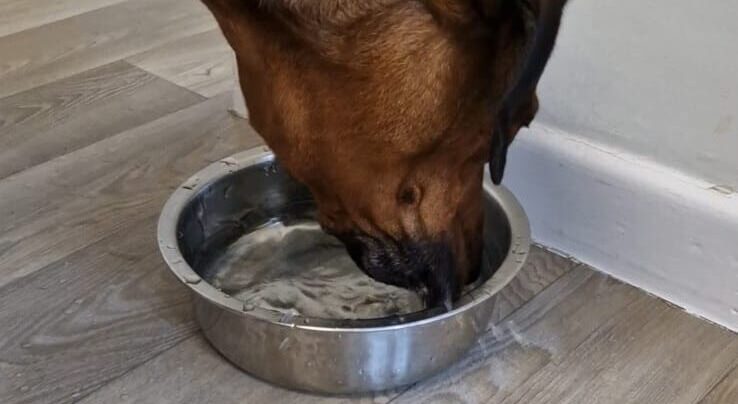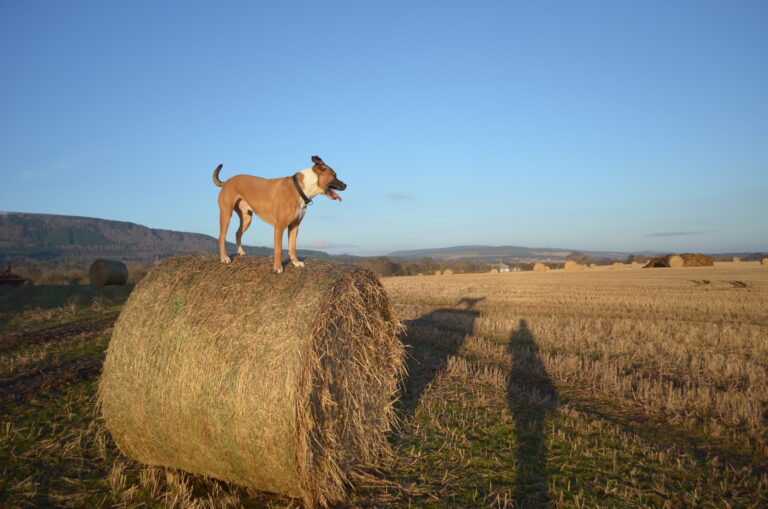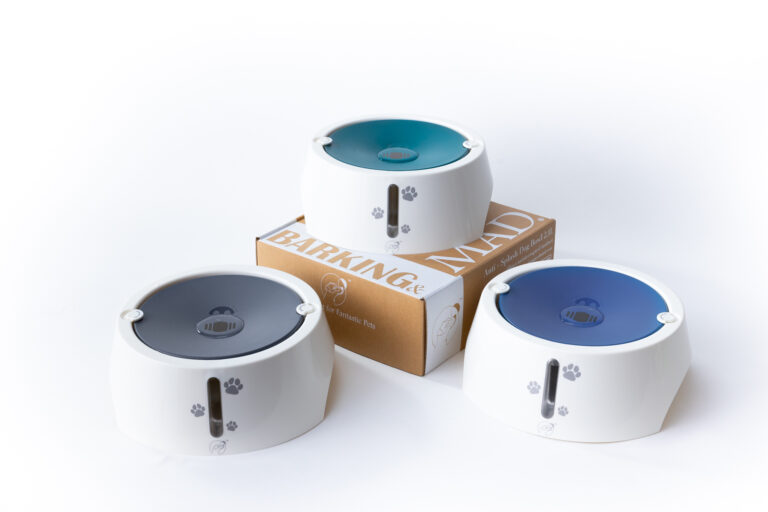Puppy Walking Training
Walking your young dog on a lead is a big part of their development. Leash training means walks are enjoyable for you and your new puppy, stops unwanted behaviour like puppy pulling and sets the foundation for a well behaved adult dog.
This blog is for dog owners ready to learn everything needed to teach your puppy to walk nicely.
We will take you through the step by step process of teaching your puppy to walk on a lead, using positive reinforcement and practical tips to make it fun and stress free ready for the great outdoors!
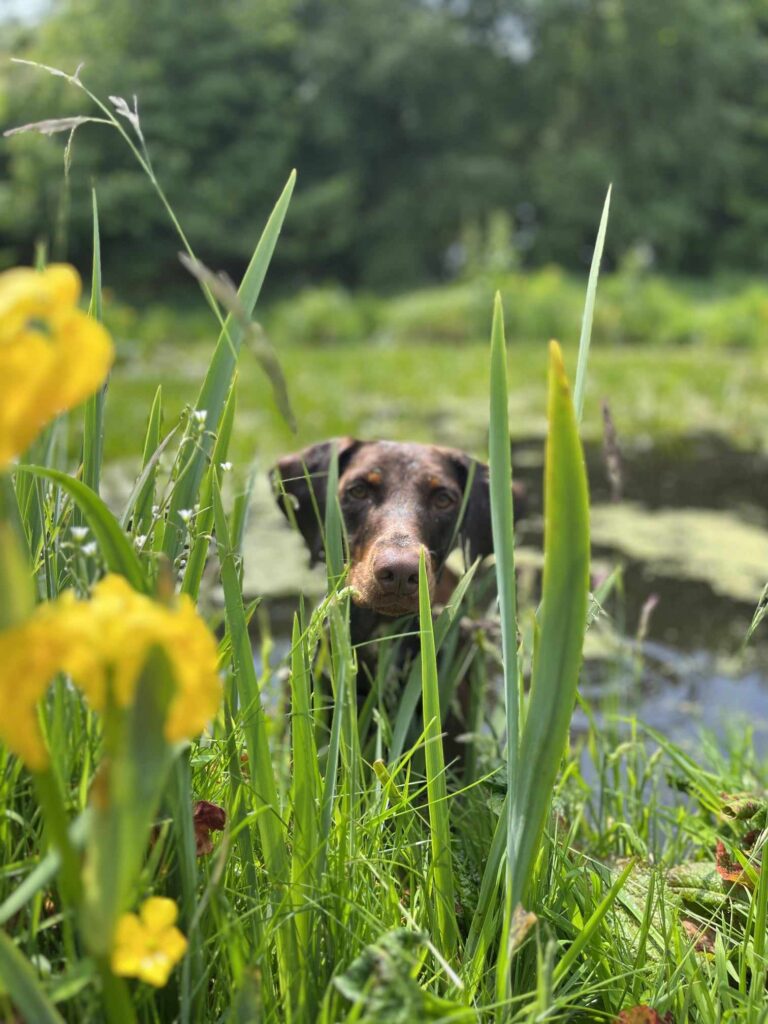
Getting Started with a training lead
Start Indoors
Before you go outside start to lead train indoors where there are fewer distractions. Get your puppy used to wearing their walking equipment and lead in a familiar environment.
Let your puppy walk on a leash around the house, reward them with treats and praise for calm behaviour.
Basic Commands
“Sit” and “Stay”
Basic obedience commands like “sit” and “stay” are crucial for puppy lead training. Practice these commands indoors, gradually increase the time your puppy stays in position before introducing the lead. Positive reinforcement with treats and praise is key to good behaviour.
Introduce the Lead
Lead training puppies – Once your puppy is comfortable with their collar or harness it’s time to introduce the lead. Let your puppy sniff and explore the lead, associate it with good things.
Attach the lead to their collar or harness and practice walking a few steps indoors. Reward your puppy with treats for staying close and not pulling.
Step by Step Leash Training Process
Start with short indoor walks to get your puppy used to the feeling of the lead. Walk a few steps and encourage your puppy to follow you.
If they pull or lag behind stop walking and wait for them to come to you. Reward them with treats and praise when they walk by your side.
As your puppy gets more comfortable increase the distance of your indoor walks. Practice walking in different rooms and hallways, use treats and praise to reinforce good behaviour. Keep sessions short to keep your puppy’s attention and prevent fatigue.
Once your puppy is walking calmly indoors it’s time to go outside. Start in a quiet area with fewer distractions. Attach the lead and walk a few steps, reward your puppy for staying close and not pulling. Increase the distance and introduce new environments as your puppy becomes more confident.
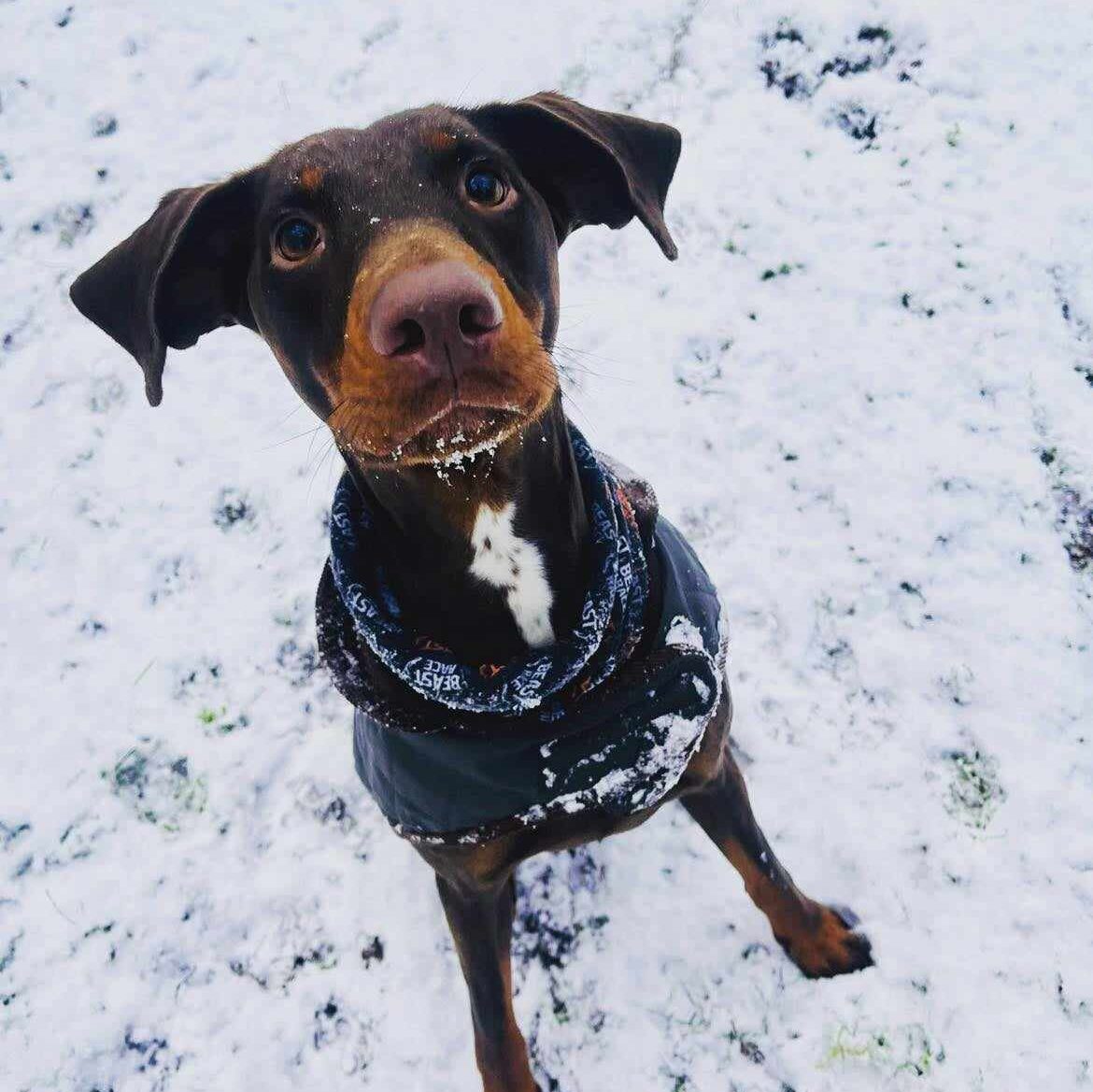
Loose Lead Walking
What are Loose Lead Walks
Loose lead walks means your puppy walks beside you with a slack lead, without pulling. This gives you more control and makes walks enjoyable for both you and your pup. The goal is to teach your puppy to walk calmly by your side, responding to your movements and commands.
Step by Step Loose Lead Training
Building Confidence and Consistency
Consistency
Remaining consistent is the key to training. Set a routine and stick to it. Walk at the same time each day, use the same commands and techniques. Consistent training is key, a puppy learns and understands what’s expected and rewards good behaviour.
Reward Based Training
Reward based training is key to successful lead training. Use treats, praise and affection to reward your puppy for a calm walk and following commands. Don’t punish as this can create fear and anxiety.
Advanced Leash Training Techniques
Getting your puppy to make eye contact with you during the walk helps keep them focused and strengthens your bond.
Eye contact is an important part of advanced leash training as it means your puppy is paying attention and ready to follow you.
Using Treats for Eye Contact: Hold a treat near your face and call your puppy’s name. When your puppy looks at you reward with the treat and praise. Do this frequently to reinforce the behaviour.
Increasing Duration: Once your puppy is looking at you for a split second, gradually increase the time before you give the treat. Start with just a second or two and build up to longer periods.
Recall
Recall training or teaching your puppy to come to you when called is important for off lead reliability and overall safety. This advanced technique builds on basic commands and requires consistent practice and positive reinforcement.
Start with Short Distances: Begin recall training in a secure, enclosed area. Call your puppy’s name followed by the command “come” in a happy tone. When your puppy comes to you reward with treats and praise.
Increase Distance: As your puppy becomes more reliable at short distances, increase the distance. Always reward them for coming to you to reinforce the good association.
Recall during Walks: During your walks call your puppy to come to you occasionally. This helps to reinforce the command in different environments and ensures your puppy will come to you even with distractions.
Impulse Control Exercises
Impulse control is important so your puppy can remain calm and focused in different situations. Teaching your puppy to control their impulses prevents behaviours to stop pulling, lunging, barking or chasing during walks.
Teaching “Wait”: The “wait” command helps your puppy develop patience and impulse control. Start by having your puppy sit, then hold up your hand and say “wait”. Gradually increase the time before rewarding your puppy with a treat and praise.
Using “Leave It”: The “leave it” command teaches your puppy to ignore distractions. Place a treat on the ground and cover it with your hand. When your puppy stops trying to get the treat and looks at you, reward with a different treat and praise. Practice this with different distractions to strengthen their impulse control.
Combining Commands: Combine “wait” and “leave it” during your walks. For example if your puppy is excited by another dog or a piece of food on the ground, use these commands to help them stay calm and focused on you.
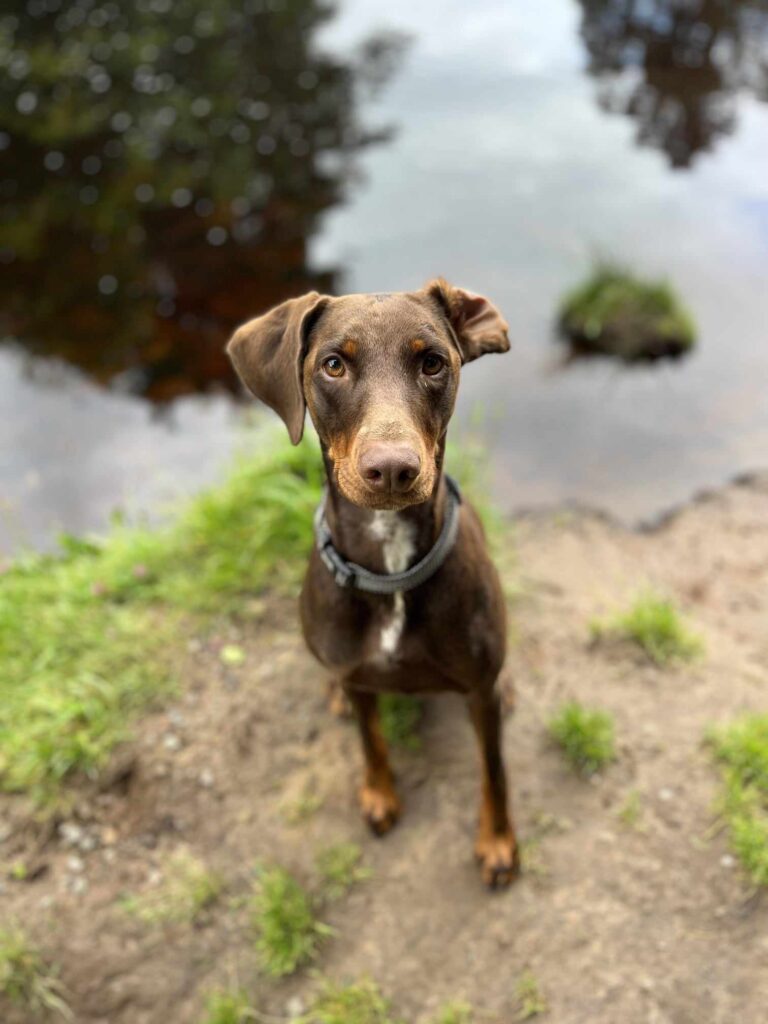
Training with Distractions
Training your puppy to focus on you despite distractions is important for real life reliability. Gradual exposure to different distractions helps your puppy learn to stay calm and responsive in different environments.
Controlled Exposure: Start with mild distractions in a controlled environment. This could be a friend walking by or a toy nearby. Reward your puppy for focusing on you.
Increasing Complexity: Gradually increase the distractions. This could be busier parks, passing cars or other dogs. Always reward your puppy for ignoring distractions and focusing on you.
Consistency and Patience: Training with distractions requires patience and consistency. Be prepared to practice often and in different places so your puppy’s behaviour generalises to different situations.
Walking Techniques for Better Control
Some walk techniques will give you more control over your puppy and make for safer and more enjoyable walks.
Tightening a loose leash: A shorter lead gives you more control and reduces the chance of your puppy getting tangled or pulling. This is especially useful in busy areas where you need to keep your puppy closer.
Heel Command: Teach your puppy to heel so they walk beside you. Start with your puppy sitting beside you. Use a treat to lure them into position and say “heel” as you start a walk. Reward your puppy for staying by your side.
Frequent Direction Changes: Changing direction during walks keeps your puppy engaged and focused on you. This prevents your puppy from anticipating your movements and helps them stay close.
Obstacle Courses
Create obstacle courses during your walks to give your puppy mental and physical stimulation and reinforce obedience and focus.
Natural Obstacles: Use natural obstacles like benches, curbs or low walls. Practice commands like “up” and “down” as your puppy goes over these obstacles. Reward them for following commands and focusing.
Setting Up Challenges: Set up small challenges in your yard or a safe area. This could be weaving between cones, jumping over small hurdles or a walk through tunnels. These activities will keep your puppy engaged and reinforce training commands.
Gradual Complexity: Start with simple obstacles and increase the difficulty as your puppy becomes more confident and skilled.
Socialisation
Advanced leash training also includes socialisation. Proper socialisation means your puppy can interact positively with other dogs, people and different environments.
Organised Playdates: Arrange playdates with well behaved, vaccinated dogs. Supervised playtime helps your puppy learn good social behaviour and build confidence.
Public Spaces: Take your puppy to different public spaces like pet friendly stores, parks and outdoor cafes. Expose them to different sights, sounds and smells while you have control and reinforce commands.
Reading Body Language: Learn to read your puppy’s body language to know their comfort level. Positive socialisation should be gradual and tailored to your puppy’s pace. Reward calm and friendly behaviour to reinforce positive interactions.
Good Behaviour
Good behaviour during walks is an ongoing process that requires commitment, consistency and a positive approach. Your puppy will continue to learn and adapt so you need to reinforce good habits and address any issues as they arise.
Here’s how to keep your puppy a well behaved walking companion:
Be Consistent
Consistency is key to good training. Dogs love routine so being consistent with your walks is crucial. Walk your puppy at the same times each day and use the same commands and techniques. This predictability helps your puppy know what’s expected of them and reduces confusion.
Routine: Create a daily routine. Consistent times and routes will help your puppy know what to expect and reduce anxiety and make training more effective.
Commands: Use consistent commands for specific behaviours. For example always use “heel” to mean your puppy should walk beside you and “sit” to mean stop. This consistency will help your puppy learn and respond correctly.
Reinforcement: Reinforce good behaviour with treats, praise and affection. This should be immediate so your puppy can associate the behaviour with the reward.
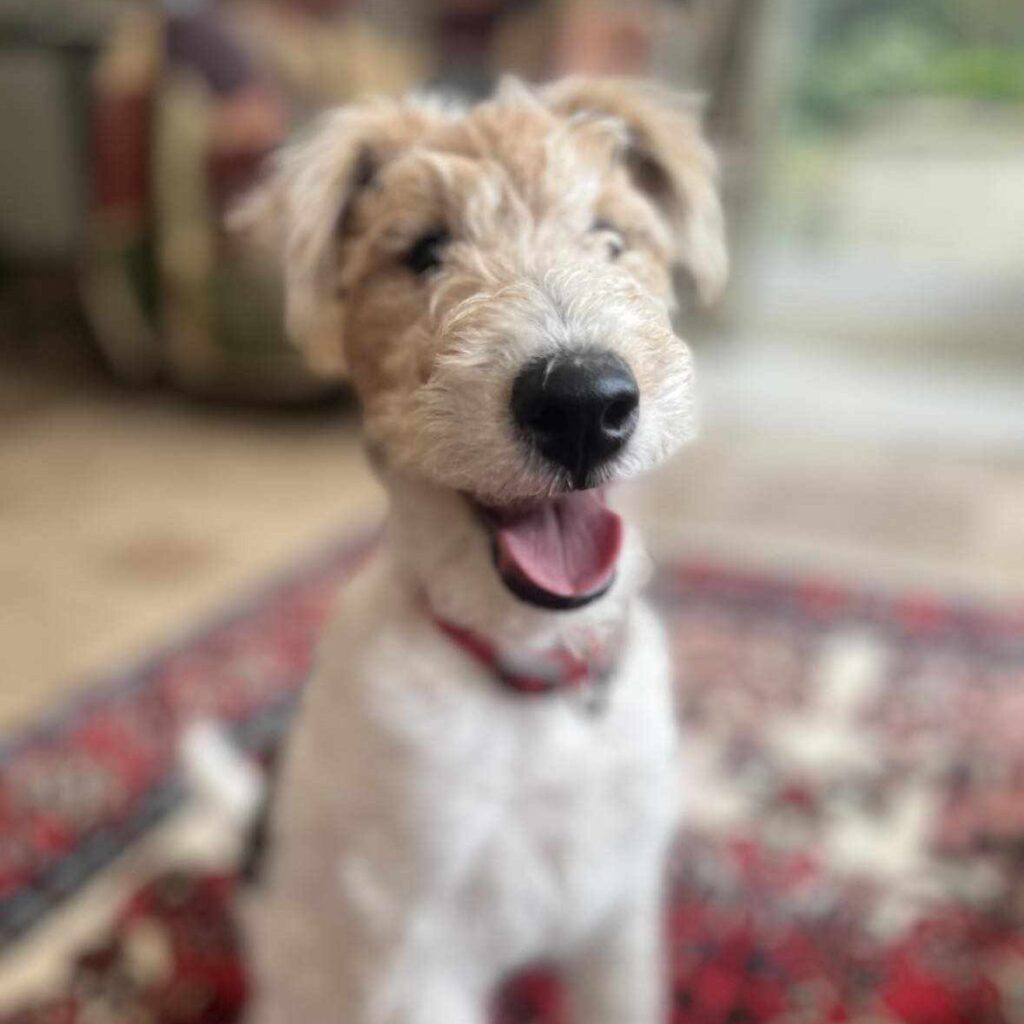
Bad Habits
Pulling: If your puppy starts pulling on the lead stop walking. Wait for them to come back to your side before you start walking again. This will teach them that pulling won’t get them where they want to go. Or you can change direction to redirect their attention and stop the pulling.
Biting the Lead: Puppies bite the lead out of curiosity or playfulness. To stop this behaviour provide a suitable chew toy as a distraction. Praise and reward your puppy when they focus on the walk and not the lead.
Barking: Barking during walks can be distracting. Identify what’s causing the barking – it could be excitement, fear or attention seeking. Teach a command like “quiet” and reward your puppy when they stop barking.
Advanced Techniques for Good Behaviour
As your puppy gets used to walking on a lead you can introduce advanced techniques to reinforce good behaviour and make walks more interesting:
Eye Contact: Get your puppy to look at you during walks. This will keep their focus on you and strengthen your bond. Hold a treat near your face and reward your puppy for looking at you. Gradually increase the time before you give the treat.
Recall: Practice recall during walks. Use a long lead in a safe, open space and call your puppy to you. Reward them with treats and praise for responding quickly. This will reinforce the “come” command and get your puppy to come to you when called.
Impulse Control: Teach your puppy impulse control exercises like “wait” and “leave it”. These commands will help your puppy learn to control their impulses and respond to your commands. Practice these exercises during walks by asking your puppy to wait at curbs or leave things alone.
Keeping Walks Interesting
Good behaviour during walks also means keeping your puppy mentally and physically stimulated. Boredom can lead to bad behaviour so you need to make walks fun and varied:
Different Routes: Change your walking routes regularly to expose your puppy to new sights, sounds and smells. This will make walks interesting and mentally stimulating.
Scent Work: Get your puppy to use their sense of smell by allowing them to sniff and explore during walks. Use scent trails or hidden treats to create fun, stimulating activities that will keep your puppy engaged.
Training in New Environments
Taking your puppy to new environments is a great way to reinforce training and get them to be well behaved in different situations. Gradually introduce your puppy to different places like parks, busy streets and public transport to build their confidence and adaptability:
Gradual Introduction: Start with less busy areas and gradually move to busier ones. This will help your puppy get used to new sights and sounds without getting overwhelmed.
Positive Associations: Use treats and praise to create positive associations with new environments. Reward your puppy for calm behaviour and responding to commands in different situations.
Consistency in Commands: Use the same commands and methods as in familiar environments. Consistency will help your puppy understand that the rules are the same everywhere.
Being Calm
Calmness is a sign of a well trained and confident puppy. Be calm during walks by being calm yourself and using techniques to calm your puppy:
Be Calm: Your puppy can sense your emotions. Be calm and composed during walks to help your puppy feel safe and relaxed.
Controlled Greetings: Teach your puppy to greet people and other dogs calmly. Use commands like “sit” or “stay” before allowing interactions and reward calm behaviour with treats and praise.
Relaxation Techniques: Practice relaxation techniques like deep breathing or slow walking to help your puppy relax. Use a calm voice to reinforce relaxation.
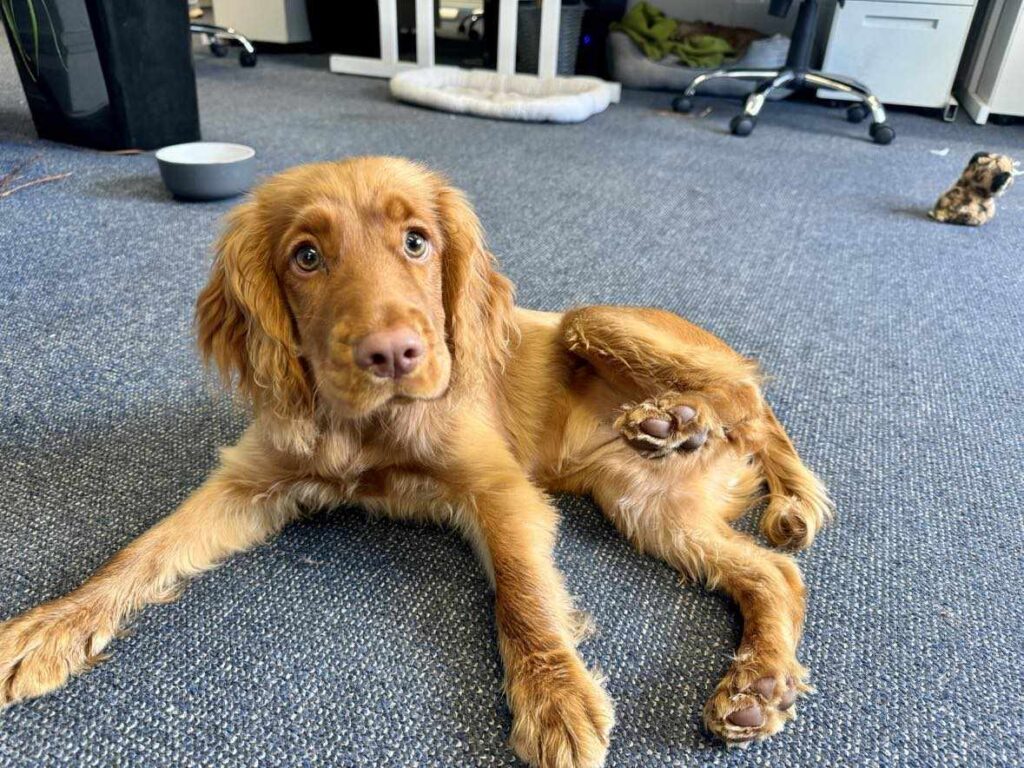
Summary
Puppy training is a fun journey that requires patience and consistency. Follow this step by step guide and you’ll have your puppy walking calmly on a lead in no time. Remember to choose the right equipment, start with short indoor walks and gradually increase distance and distractions. Use positive reinforcement to reward good behaviour and address issues as they arise. With time and effort your puppy will be a well behaved and confident walking companion.
Tips
Be Patient: Puppies learn at their own pace. Stay patient and positive throughout.
Use Treats Wisely: Choose small healthy treats your puppy loves to reward good behaviour.
Keep it Short: Puppies have short attention spans. Keep training sessions short but frequent.
End on a High: Always end training sessions on a success and praise to reward good behaviour.
Socialisation: Get your puppy exposed to different environments, people and other dogs to build confidence.
Reward good behaviour with treats, praise and affection.
Be Consistent: Establish a walking routine and stick to it. Consistency helps to build good habits.
Choose the Right Gear: Make sure your puppy’s collar or harness fits comfortably and use a solid lead.
Watch Body Language: Pay attention to your puppy’s to make sure they’re comfortable and not stressed.

